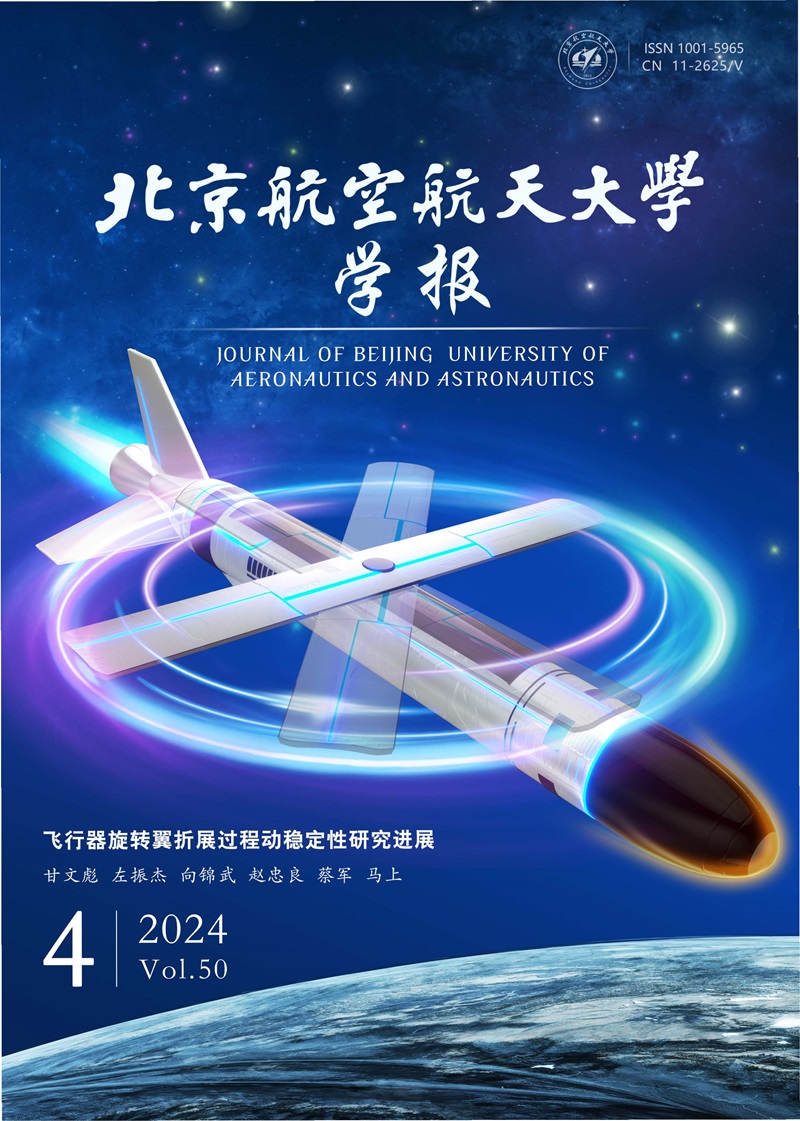2009 Vol. 35, No. 6
2009, 35(6): 665-668.
Abstract:
2009, 35(6): 692-696.
Abstract:
2009, 35(6): 709-713.
Abstract:
2009, 35(6): 762-765.
Abstract:







 XML Online Production Platform
XML Online Production Platform

